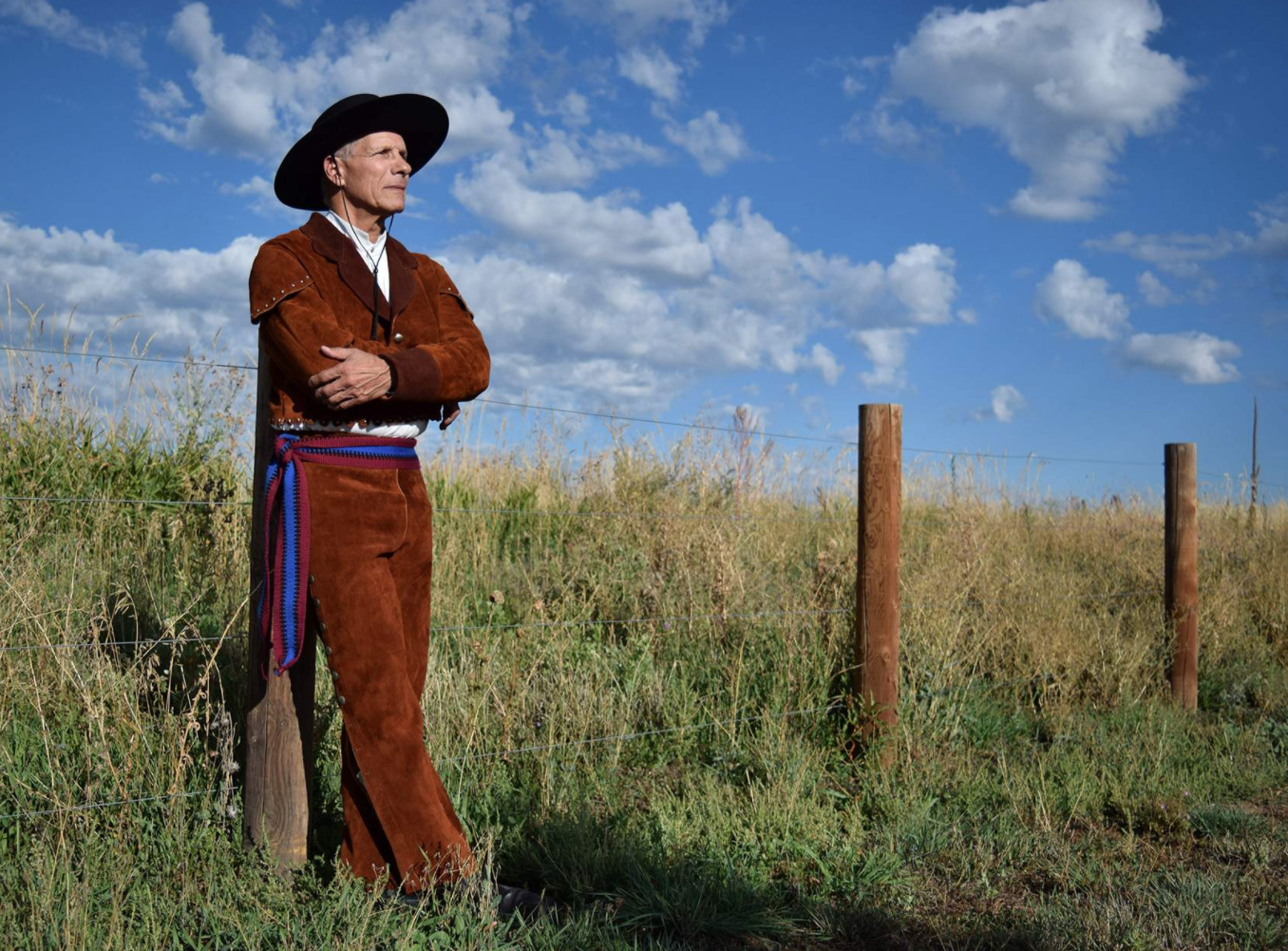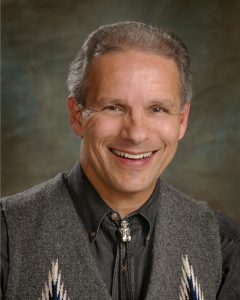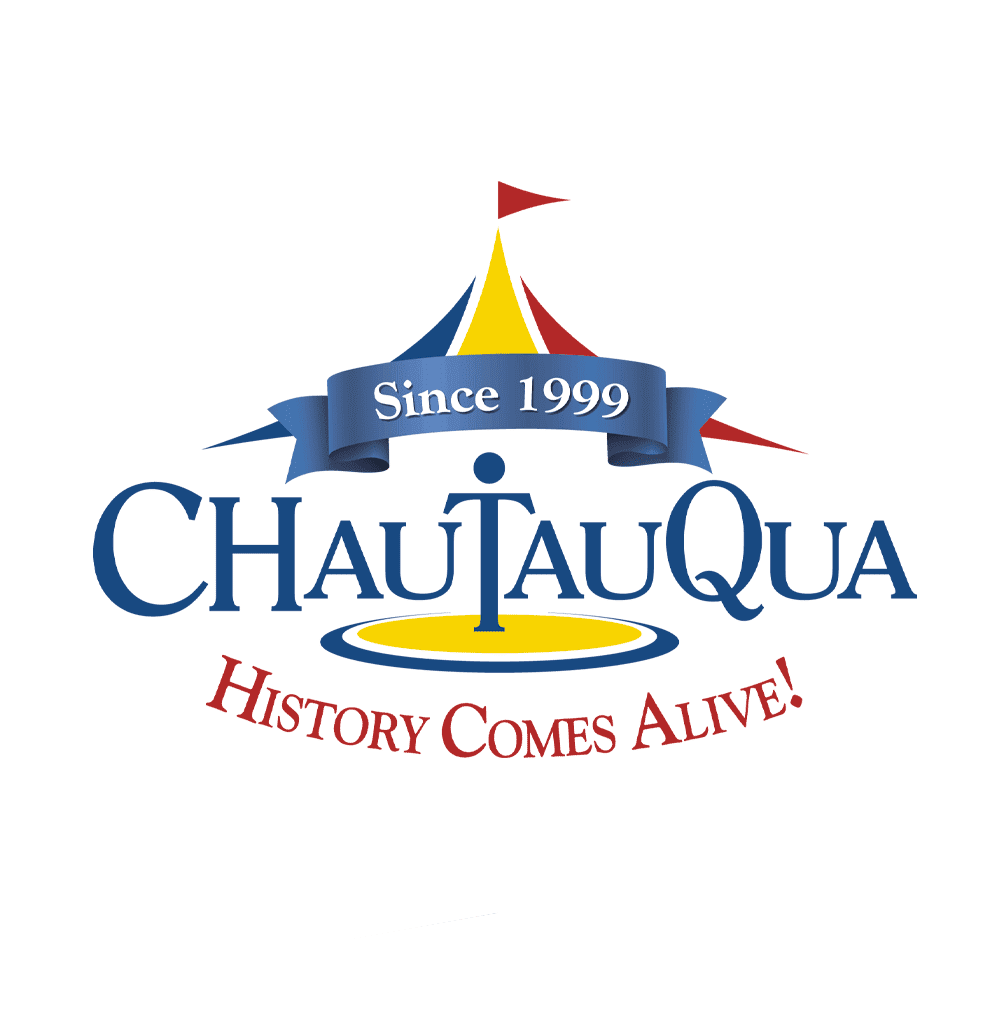
Event details
- June 10, 2024
- 7:00 pm - 8:30 pm
- 151 S Church St, Spartanburg, SC 29306
- 864-596-3500
Registration required. Click here to register.
FREE Admission. Seating is limited.
Sponsored by
Events

Angel Vigil is Retired Chairman of the Fine and Performing Arts Department and Director of Drama at Colorado Academy in Denver. He is an award-winning author, performer, stage director and teacher.
His awards include the Heritage Artist Award and the Master Artist Award from the Colorado Council on the Arts. He has also received the Governor’s Award for Excellence in Education and the Mayor’s Individual Artist Fellowship Award. He also was awarded the Colorado State Theatre Educator of the Year Award.
Angel is the author of six award-winning books on Hispanic and Western culture and arts. His book The Corn Woman, and Other Stories and Legends from the Hispanic Southwest won the prestigious New York Public Library Book for the Teen Age National Award. His book Una Linda Raza, Cultural and Artistic Traditions of the Hispanic Southwest won the Border Library Association Southwest Book of the Year Award and the Colorado Book of the Year Special Recognition Award.
Angel is a Colorado Heritage Artist storyteller who has performed throughout the nation at festivals, universities, schools and art centers. He has been featured storyteller at the National Storytelling Festival in Jonesborough, Tennessee, Keepers of the Word festival at Amherst College, the Rocky Mountain Storytelling Festival, the International Reading Association, the National Independent School Library Association, the Four Corners Storytelling Festival, the Mesa Storytelling Festival, and the Nebraska Storytelling Festival. His specialty is the oral traditions of the Hispanic Southwest.
Angel is also a member of the Colorado Endowment for the Humanities Chautauqua program for his historical presentation. Angel has created five historical characters: El Vaquero, America’s First Cowboy; El Conquistador, The Explorer of New Worlds; Tezcatlipoca, The Supreme God of the Aztec Emperors; Manuel de Lisa, Northwest Trapper and Explorer; and Mariano Medina, Colorado Pioneer.
El Vaquero, America’s First Cowboy
Here was the original native-son vaquero of our United States, another of those picturesque types that mushroomed to glory, did their bit in the building of our history, and then were properly labeled and stored away in the museum cabinet of our glorious Western Americana.
— Californicos, The Saga of the Hard-riding Vaqueros, America’s First Cowboy
El Vaquero, the Spanish colonial cowboy, is a true American hero. He was the first cowboy to ride the open ranges and sleep under the stars. He was the first cowboy to tame the wild horses of the plains and deliver vast herds of cattle across great distances. He was the first master of the basic and eternal cowboy skills: riding and roping. He was the repository of highly practical and effective Spanish wisdom and experience in the ways of horses and cattle, developed over generations on the open plains of European Spain and New Spain in the Americas. His language gave us the words we now accept as common cowboy lingo: rodeo, chaps, wrangler, lariat, hoosgow, lasso, mustang, corral, dally, buckaroo, bronco, stampede and ten-gallon hat, to name a few.
Without the Spanish Vaquero there would be no John Wayne, no Gene Autry, no Roy Rogers, no Dale Evans, no Lone Ranger, no Annie Oakley, no Cisco Kid, no Hopalong Cassidy, no John Wayne, no rodeos, no Stetson Cowboy hat, no cowboy boots, no horses, no cattle, no trial drives, no cowboys singing around the campfire, no country western music, no Hank Williams, no Willie Nelson, no “Black Hat” modern country western singers, no Grand Old Opry in Nashville, no “Mama, Don’t Let Your Babies Grow up to Be Cowboys,” no Buffalo Bill’s Wild West Shows, no National Cowboy and Western Heritage Museum in Oklahoma City, no mythos of the cowboy at the heart of America’s self-identity believed at home and exported worldwide, almost no Western ranch, rodeo and cowboy culture at all. El Vaquero is a seminal figure in the creation of Western Arts and Culture. His story is the story of the creation of the American West.
From his humble beginnings as a Spanish mission Indian tending to the mission’s cattle herds to his glory days before the legendary American trail drives, El Vaquero was the primary character in the story of the establishment of cowboy and ranching culture in the American West. His story begins with the introduction of horses and cattle to the New World by the Spanish and continues uninterrupted to his critical tutelage of American cattle men as they began to establish the great cattle industry of the 19th century.
El Vaquero is a composite character based upon traditional vaquero stories and histories. His story is the living history of the origins and development of traditional cowboy practices in the American West. As El Vaquero talks about his clothing, tools, and lifeways, a clear picture emerges identifying his traditional Spanish practices as the source of the daily activities of today’s ranch worker. As living history, his stories illuminate the contrasts between the romanticized Hollywood depiction of the cowboy with the realities of the real working cowboy. With stories as diverse as the tedious, dust-filled miles on the trail, to the lonely beauty of a star-lit night riding herd as he sings to slumbering cattle, to the stark, death filled panic of a stampede, El Vaquero gives a first hand account of what it was like to make both myth and history.
The stories of El Vaquero explain the origins of the most powerful and enduring American myth: the cowboy on his horse, riding tall in the saddle, his self-reliant, independent spirit representing all that is good in the American character. The stories of El Vaquero are the stories of America. His story is the story of the American West.
11th century: Spanish ranching originates on the Spanish peninsula.
1493: On his second voyage to the New World, Columbus brings the hardy Andalusian “black cattle” to the Caribbean Island he called Española, today the Dominican Republic and Haiti. This was the introduction of cattle and Spanish ranching practices to the New World.
1519: Hernán Cortéz arrives in Mexico and brings 16 Andalusian horses, 11 stallions and 5 mares, thereby re-introducing the horse to the New World.
1521: Gregorio de Villalobos transports calves from the Caribbean islands to mainland Mexico.
1598: Spanish settlers, led by Juan de Oñate, move north, establishing ranches and introducing cattle to the El Paso area and north of the Rio Grande.
1600s: Cattle graze and multiply north of the Rio Grande.
Early 1700s: Vaqueros migrate from Mexico with Spanish missionaries to California and Texas.
1721: Marqués de Aguayo opens the South Texas cattle industry.
1748: José de Escandón develops the cradle of the western cattle industry by establishing ranchos in the huge expanse of land called the Nueces Strip, from the Rio Grande to the Nueces River.
1769: Franciscan monk Junípero Serra begins establishing missions from San Diego to San Francisco. Native Indians working on the missions become California’s first vaqueros.
Late 1700s-Early 1800s: Vaqueros drive cattle from East Texas to Louisiana and Mexico.
Early 1800s: Anglos begin to arrive in what will become Texas and find Spanish-Mexican ranching traditions well-established. Texas vaqueros teach the Anglo settlers the skills and craft of handling horses and cattle on the open range.
1821: Mexico declares its independence from Spain.
1820s-1830s: Slaves and freemen learn horse and cattle skills from the vaquero—roping, riding, and branding.
1848: Mexico loses over half its northern frontier to the United States.This land becomes the states of Texas, New Mexico, Arizona, Nevada, Utah, Colorado, and California. Spanish-Mexican vaqueros continue to work in their new country, the United States.
1867-1887: The primary era of the great cattle drives. Anglo cowboys utilize the cattle practices learned from the vaqueros to drive hundreds of thousands of cattle across great distances. Vaqueros, along with Black cowboys, make up approximately one-third of the cowboys working the cattle drives. It is during this period that American cowboy culture developed based upon the centuries-old skills and practices of the Spanish-Mexican vaquero.
1887: The era of the great cattle drive ends.
1880s: William Cody produces the Wild West Shows, beginning the myth of the American cowboy. Vaqueros perform in the Wild West Show amazing audiences with their roping and riding skills.
El Vaquero, America’s First Cowboy
Here was the original native-son vaquero of our United States, another of those picturesque types that mushroomed to glory, did their bit in the building of our history, and then were properly labeled and stored away in the museum cabinet of our glorious Western Americana.
— Californicos, The Saga of the Hard-riding Vaqueros, America’s First Cowboy
The books marked with a * are especially suited for young readers.
* Cody, Tod. The Cowboy’s Handbook, How to Become a Hero of the Wild West. New York: Cobblehill Books, 1996. A brief, fun, children’s book by a descendent of William
Cody, Buffalo Bill.
* Dillman, Bruce. The Cowboy Handbook: A Guide to Your Cowboy Heritage. Kansas City, MO: Lone Prairie Publishing, 1994.
“The Cowboy Handbook has something for everyone who values our Cowboy Heritage. Whether you’re riding the range yourself or watching your favorite silver screen hero, this book makes a great sidekick!”
—Gene Autry. Gene’s already said it best. A good in-depth, but easy reading reference book on all things cowboy.
* Gintzler, A.S. Rough & Ready Cowboys. Santa Fe: John Muir Publications, 1994.
Good, brief introductory book about cowboys. Simple, but informative.
* Helberg, Kristin. Cowboys, Color & Story Album. Los Angeles: Troubador press, 1982.
Another brief introductory book about cowboy life and work. Illustration are black and white line drawing intended for coloring.
* Kalman, Bobbie. Bandannas, Chaps, and Ten-Gallon Hats. New York: Crabtree Publishing, 1999.
A simple and brief book about various aspects of the cowboy world. Excellent color illustrations. Excellent reference for kids.
* Life on the Trail. New York: Crabtree Publishing, 1999.
Another excellent reference for kids.
* Lester, Julius. Black Cowboys, Wild Horses: A True Story. New York: Dial Books, 1998.
The true story of Bob Lemmons, a former slave who became a cowboy. His most famous adventure, in which he leads a herd of wild mustangs back to the corral. is told in this book. Wonderful watercolor illustrations of horses. A fun book for elementary school kids.
* Morris, Michelle.Saddlebag Guide for Dudes, Tenderfeet and Cowpuncher’s Everywhere. Simon & Schuster: New York, 1993.
An informative, well illustrated book written with an insider’s perspective. Ms. Morris grew up on the family cattle ranch.
* Pelta, Kathy. Cattle Trails, “Git Along Little Dogies…” Austin, Texas: Raintree Steck- Vaughn, 1997.
A good, brief general information book about cowboy life and work.
* Pinkney, Andrea D. Bill Pickett: Rodeo-Ridin’ Cowboy. San Diego: Harcourt Brace & Co.,
- Chidren’s illustrated book about the famous African-american cowboy.
* Potter, Edgar “Frosty”. Cowboy Slang: Colorful Cowboy Sayings. Phoenix: Golden West Publishers Co., 1995.
Over 2000 cowboy sayings organized by topic. Additional material on branding and the rodeo. Enjoyable, easy reading.
* Ross, Stewart. Cowboys, Fact or Fiction. Brookfield, Connecticut: Copper Beech Books,
- A simple and brief, but informative, overview of cowboy history and life. Entertaining color illustrations.
* Stewart, Gail B. Cowboys in the Old West. San Diego: Lucent Books, 1995.
Another good, brief general information book about cowboy life and work. Interesting black and white historical photography. A good book for students.
* Vigil, Angel. Riding Tall in the Saddle: The Cowboy Fact Book. Englewood, Colorado, Libraries Unlimited, 2002.
An informative fact book about all thing cowboy from the days of the Spanish Colonial vaquero through the trail drives up to the present day. Features an easy to follow question and answer format. Many wonderful historical photos and illustrations.
Adult Books Suggested for Futher Study:
Dary, David. Cowboy Culture, A Saga of Five Centuries. Lawrence, Kansas: University Press of Kansas, 1989
Mora, Jo. Californicos, The Saga of the Hard-riding Vaqueros, America’s First Cowboy Garden City, New York: Doubleday & Company, 1949.
Vigil, Arnold, ed. Enduring Cowboys: Life in the New Mexico Saddle. Santa Fe, N.M.: New Mexico Magazine, 1999.
Best Resource For Old Time Cowboy Stories: The books of J. Frank Dobie.
- Tales of Old Time Texas. Boston: Little, Brown & Co. 1955.
- I’ll Tell You a Tale. Boston: Little, Brown & Co. 1960.
- A Vaquero of the Brush Country. Dallas: The Southwest Press. 1929.
